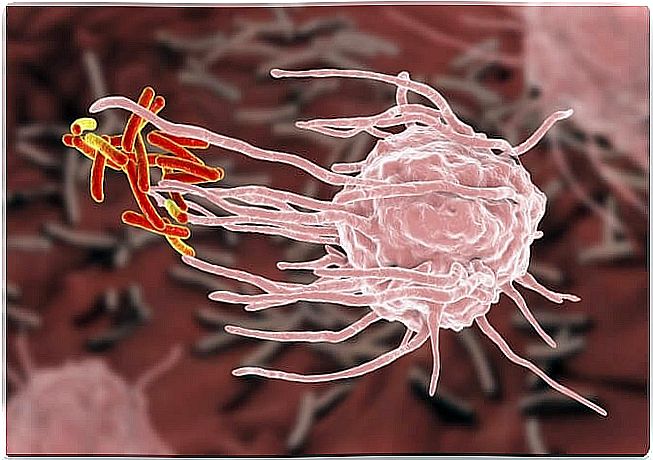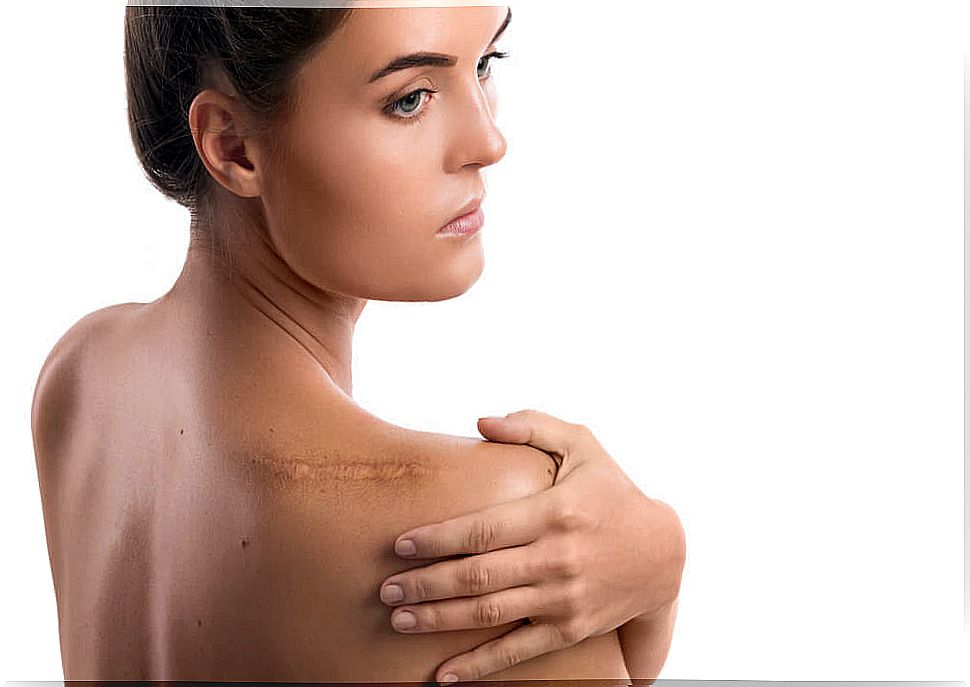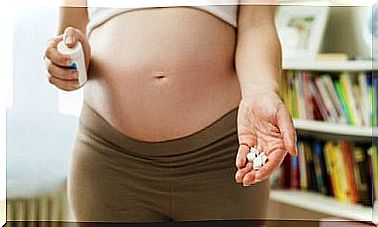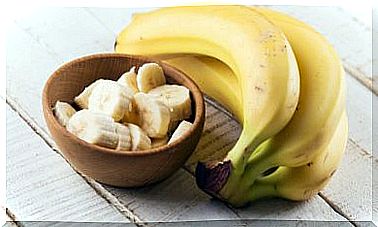Phases Of Wound Healing
The skin is the largest organ in the body that provides us with great protection. It is composed of 3 layers, the epidermis, the dermis and the hypodermis. But what happens when you get injured? How does it heal? Today we are going to discover the phases of wound healing.
Not all wounds are the same, nor do they all heal the same. A deep wound will require some care to accelerate its healing, while a slight cut will take much less time. What does happen in all cases is a series of phases that are always met. Let’s discover them.
Inflammatory phase

This is the first of the healing phases of a wound with inflammation. This happens from the time the injury occurs and can last until the fourth day and is an essential phase. Inflammation is nothing more than a signal that the body is trying to clean possible contaminants from the wound. However, another series of parallel processes occur:
- Haemostasis : when we hurt ourselves and bleed, our body has a physiological mechanism that makes it possible to stop bleeding progressively. It does this by forming a clot that ends up sealing the wound. Depending on its severity this will take more or less time. When the wound is no longer bleeding, the next step occurs.
- Phagocytosis : the wound is already sealed and blood flow begins to increase in the area where it has occurred. The reason is that the body is sending neutrophils, monocytes, and lymphocytes to clean the wound of bacteria and remove the clot.
In the latter process, the wound is inflamed due to increased blood flow. This is not negative, quite the opposite. It means that our body is working to clean the wound and that it can move on to the next phase, the proliferative one.
Proliferative phase
Contrary to the previous one, which can last up to 48 hours, this phase lasts longer, 14 days. In this phase we can find 3 basic processes that we need to see:
- Granulation : occurs due to angiogenesis and by fibroblasts. Blood vessels begin to form on the wound, giving rise to the new extracellular matrix.
- Epithelialization : it is characterized by the humidity that the wound presents where the keratinocytes have the function of regenerating a barrier against infection and hydroelectrolytic loss. In this way, the healing process of a wound will avoid being interrupted.
- Contraction : it happens thanks to the myofibroblasts that bring the edges of the wound closer together. At first this happens slowly, but then the process accelerates.
It is necessary that we bear in mind that the proliferative phase will take more or less depending on how large the wound is. In the case of small cuts, the situation can be resolved in a matter of days.
Ripening phase

This last phase of wound healing can last up to two years. Although the wound may appear to be healed, the body is actually still working to regenerate it. In the cases in which we have a scar this is clear, since we can see its evolution process clearly.
Thanks to the two previous phases, the wound now has a collagen deposit that allows the scar to heal. If we present an erythematous scar, we will verify that, after a year, it begins to become clearer and flatter until it is imperceptible.
As we mentioned before, it may take more than two years if the scar we have is very large and has been the result of a fairly serious injury. However, what must be clear to us is that this phase is the longest of all and that its results will depend on our age. An older person does not heal the same as an adult.
Although there are some natural ways to make these phases go much faster, in reality, the important thing is that the wound ends up healing properly. For this, we must provide a series of cares that allow, above all, the second phase to pass satisfactorily.
Did you know the phases of wound healing? Knowing its evolution will allow you to better understand how your body works in the event of an injury, be it serious or minor.









